As space-bound sci-fi franchises with a huge fan following, Star Wars and Star Trek are often compared to one another. The two franchises have plenty of differences. For starters, Star Trek takes place in our galaxy, with a futuristic version of our Earth, while Star Wars takes place a long time ago in a galaxy far, far away.
But these franchises have more in common than fans tend to think. Aside from both having lens flares and “mystery box” storytelling, thanks to J.J. Abrams, Star Wars and Star Trek also share these key traits.
9 Very Similar Titles
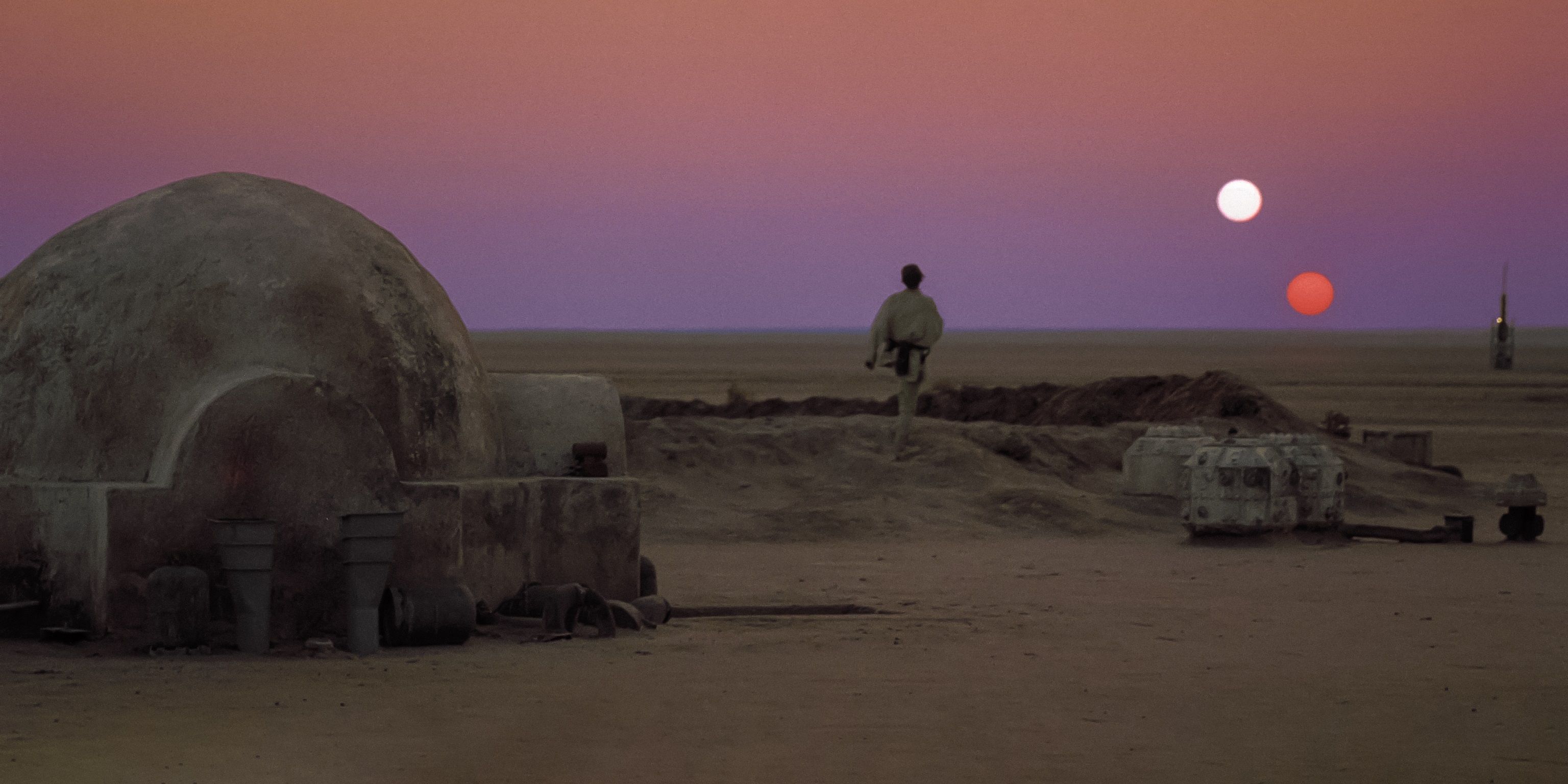
The most obvious commonality between Star Wars and Star Trek is that they have very similar titles. They’re both two-word titles beginning with Star, and the second word is four letters long, neatly mirroring the first.
The two franchises are often mixed up by laymen because their names are so similar. The key difference is in the second word: Star Wars is about the conflict (or the “wars” among the stars), whereas Star Trek is about the journey and about discovering new worlds (or the “trek” across the stars).
8 Iconic Spaceships
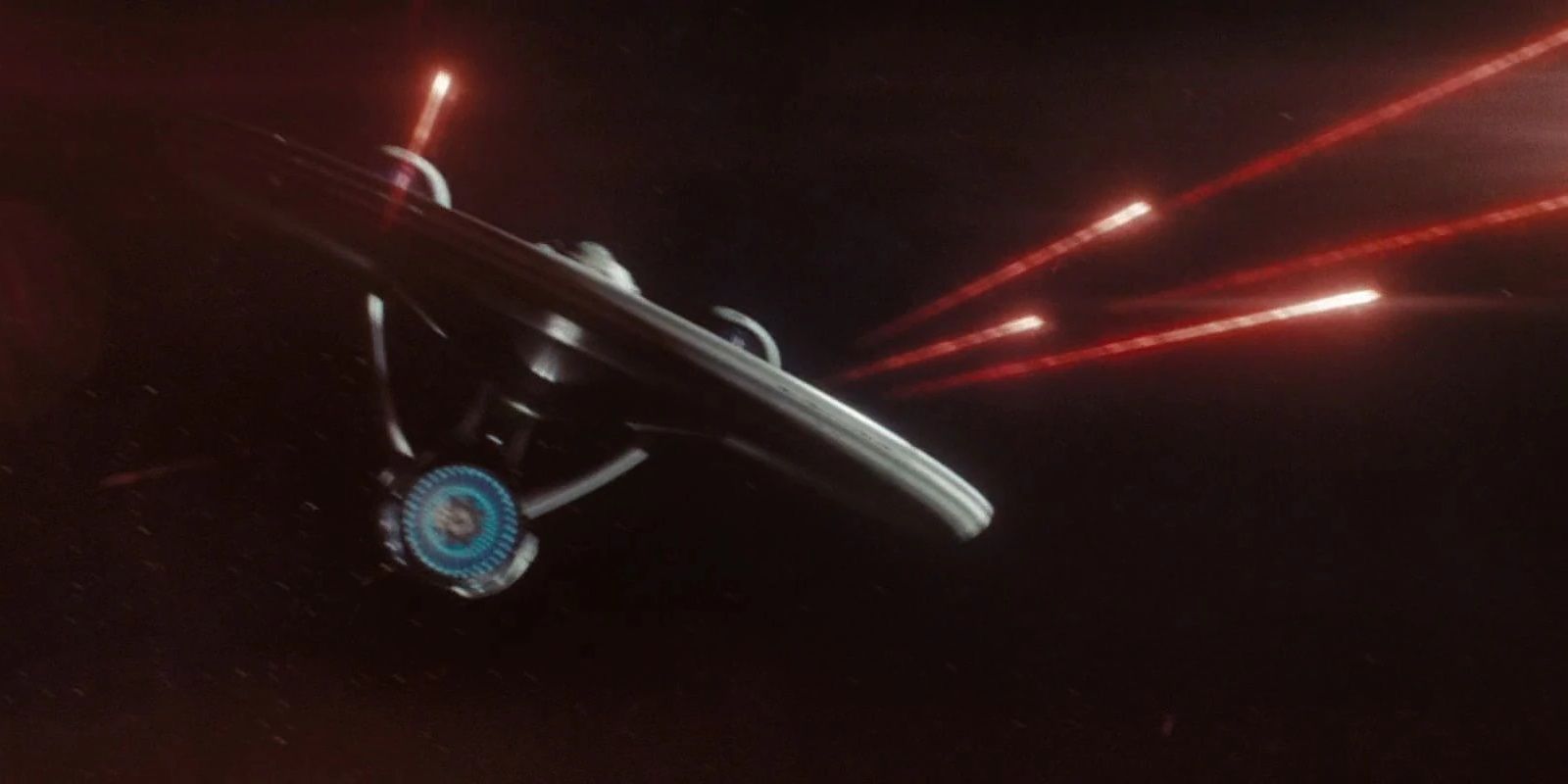
Both the Star Wars and Star Trek universes are filled with iconic spaceships. Star Wars has X-wings and Y-wings and Star Destroyers, while Star Trek has every vessel at Starfleet’s disposal and the command ships of various alien races.
Fictional ships like the Millennium Falcon and the U.S.S. Enterprise have arguably become even more iconic than the actual shuttles that have taken NASA’s astronauts to space.
7 Rooted In Westerns
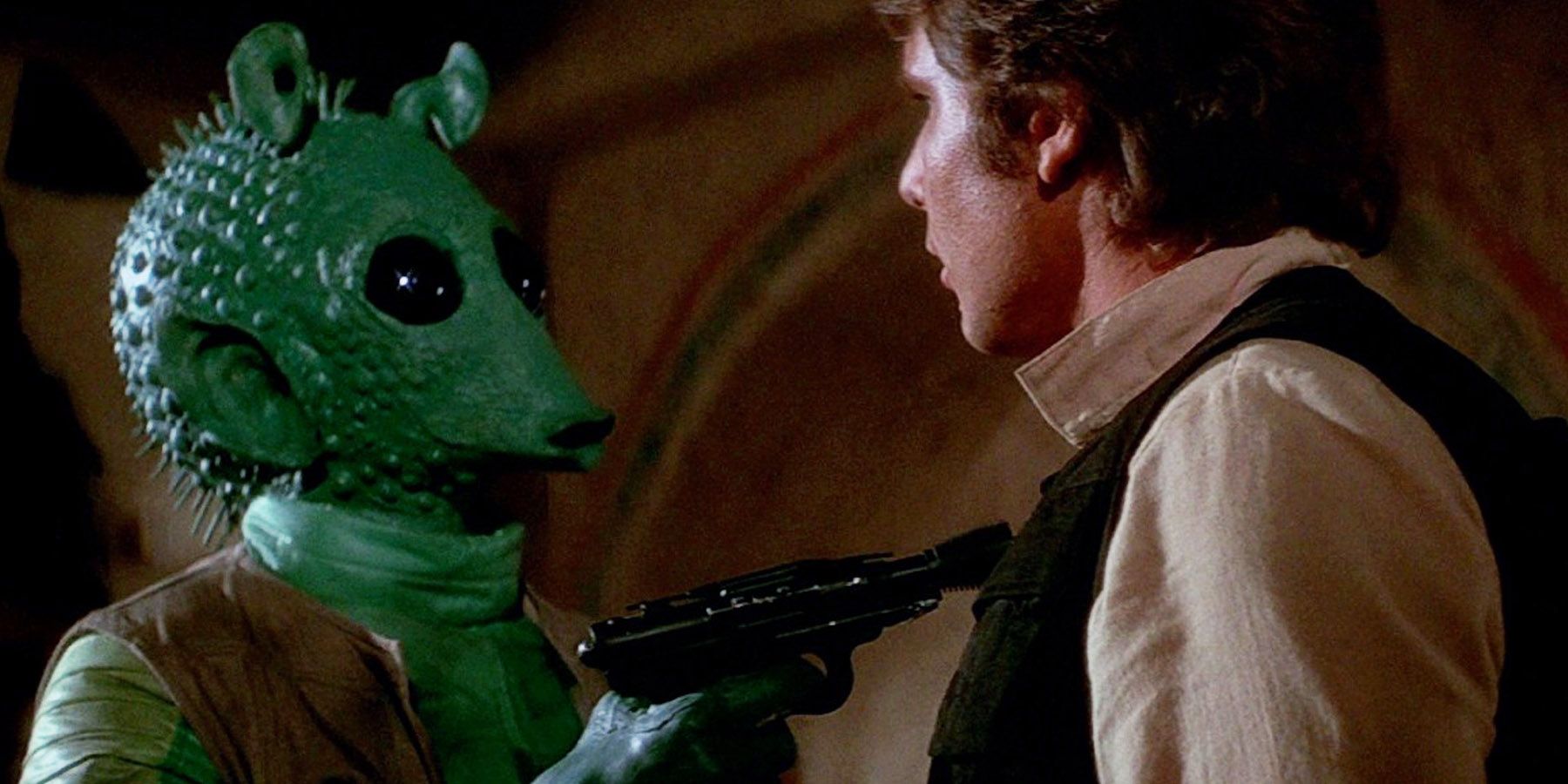
Both Star Wars and Star Trek take influence from the western genre. Star Wars has the wretched hive of scum and villainy that is Mos Eisley Spaceport, a lawless town ripped straight from an old western, as well as gunslingers like Han Solo and Boba Fett. The Mandalorian is essentially a gritty revisionist western set in a galaxy far, far away.
According to Newsweek, in his original pitch for Star Trek, Gene Roddenberry described the series as “Wagon Train to the stars,” a nod to the classic western series. Plus, the series’ references to space as “the final frontier” hark back to tales of the western frontier.
6 Exploring Interplanetary Societies
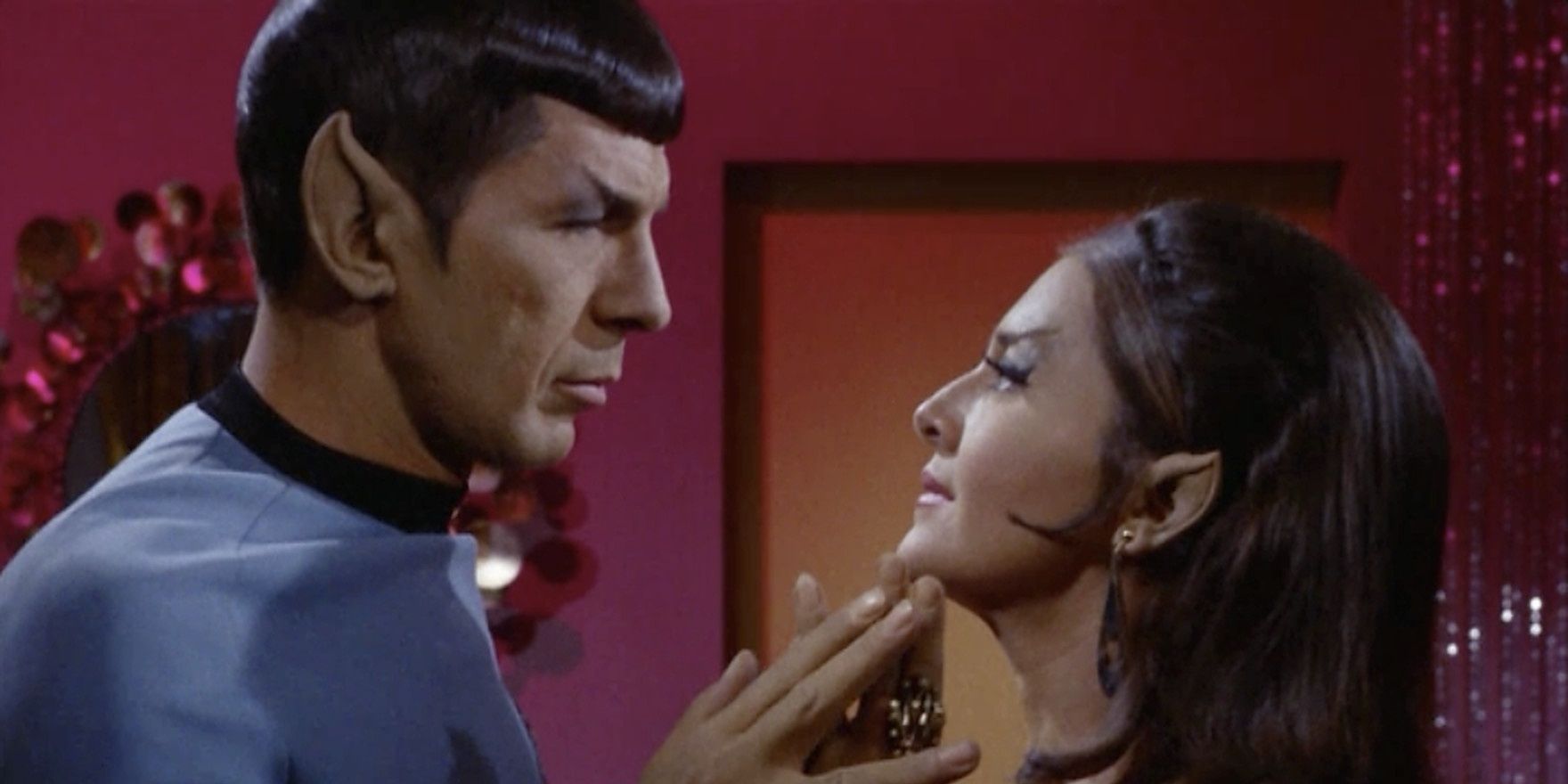
While both franchises have plenty of barren, desolate, or otherwise abandoned planets, Star Wars and Star Trek both explore interplanetary societies that interact with one another like different countries on Earth.
There are prosperous societies, like the bustling city-planet of Coruscant in Star Wars and the high-tech homeworld of the Vulcans in Star Trek, as well as seedier, more dangerous places, like the harsh, crime-ridden deserts of Tatooine in Star Wars and the hostile homeworld of the Klingons in Star Trek.
5 Taking Storylines From Human History
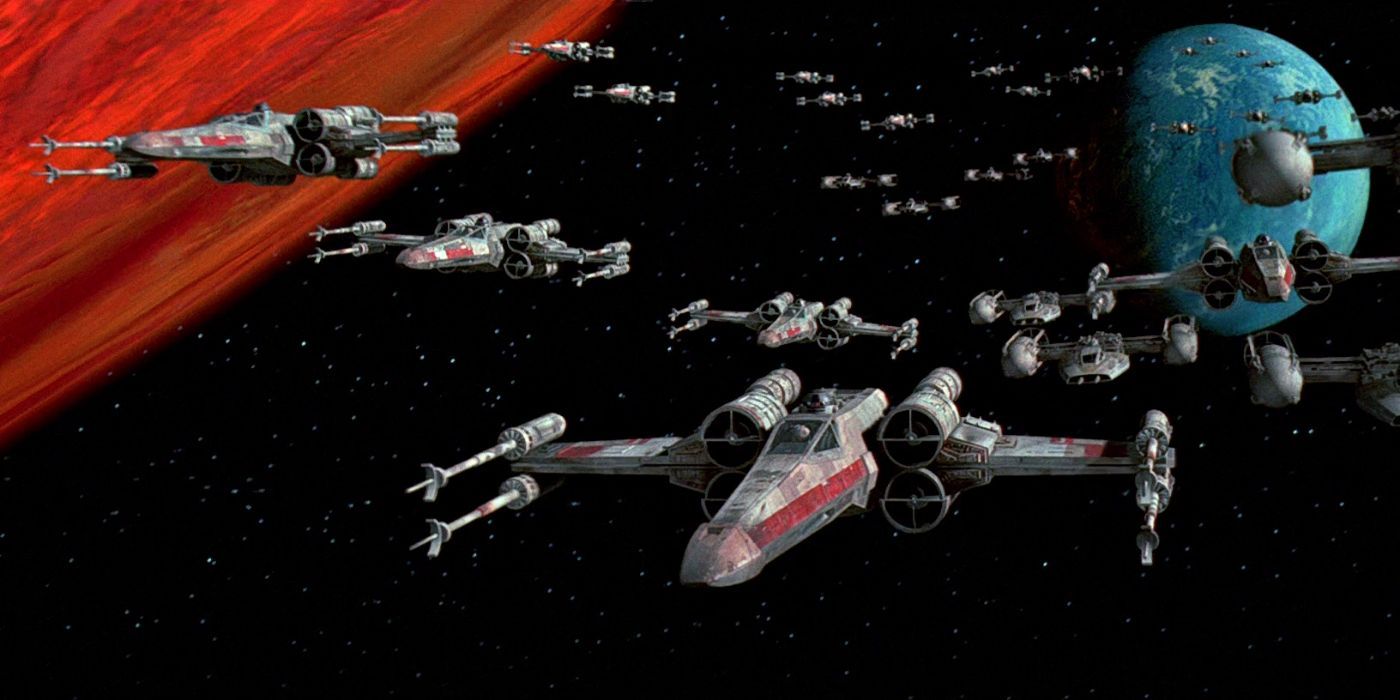
The writers behind Star Wars and Star Trek often take inspiration for storylines and characters from human history. For example, the warrior culture of Star Trek’s Klingons have been seen to represent 12th-century Mongols.
Star Wars’ Emperor Palpatine, who turns a democracy into a dictatorship, was inspired by a bunch of historical figures, from Julius Caesar to Richard Nixon. The Empire was based on the Nazis; the Rebels’ struggle was based on the Vietnam War; and the Great Jedi Purge was based on the Night of the Long Knives. Lucas is kind of a history buff.
4 Some Characters Have Superpowers And Others Don’t
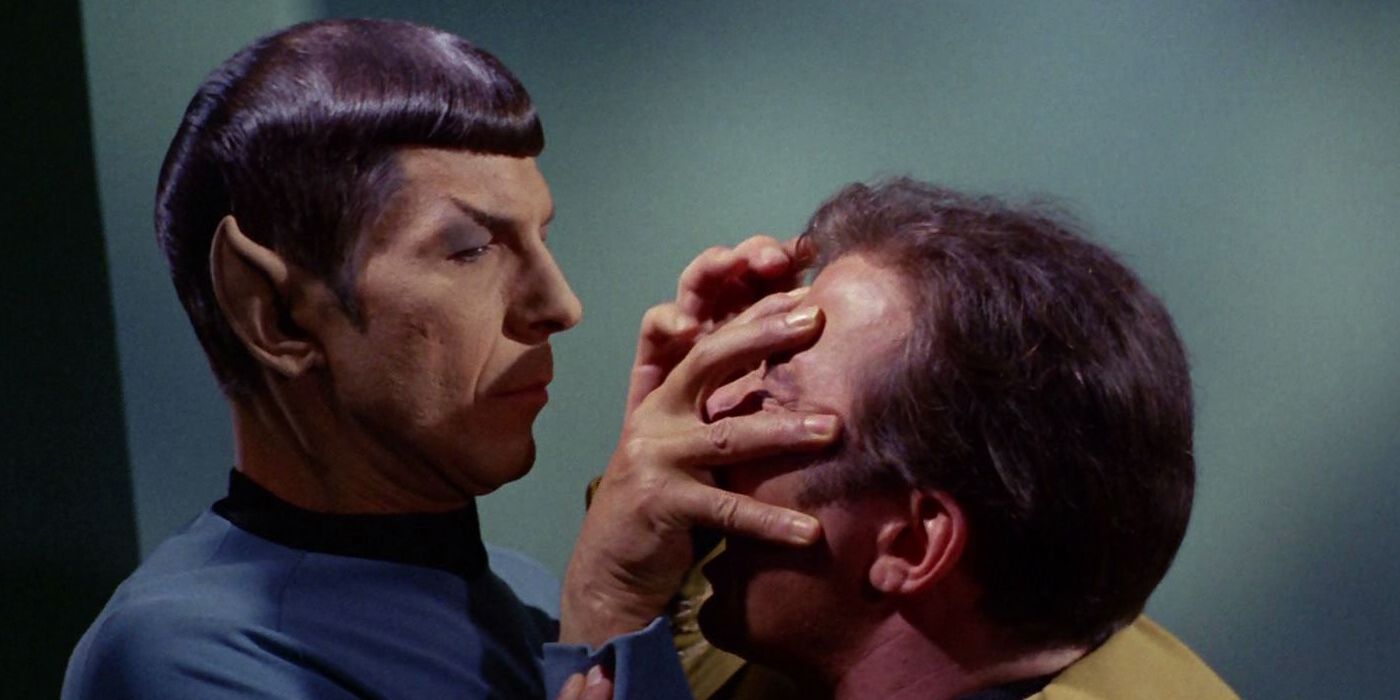
In both the Star Wars and Star Trek universes, there are certain characters with superpowers and a lot of other characters who don’t. In Star Wars, it all depends on whether they’re Force-sensitive (or, since George Lucas took the magic out of it, whether they have midichlorians in their bloodstream).
In Star Trek, there are a variety of superhuman abilities that various species have: Klingons have super-strength, Vulcans have telepathic abilities, etc.
3 Space Government
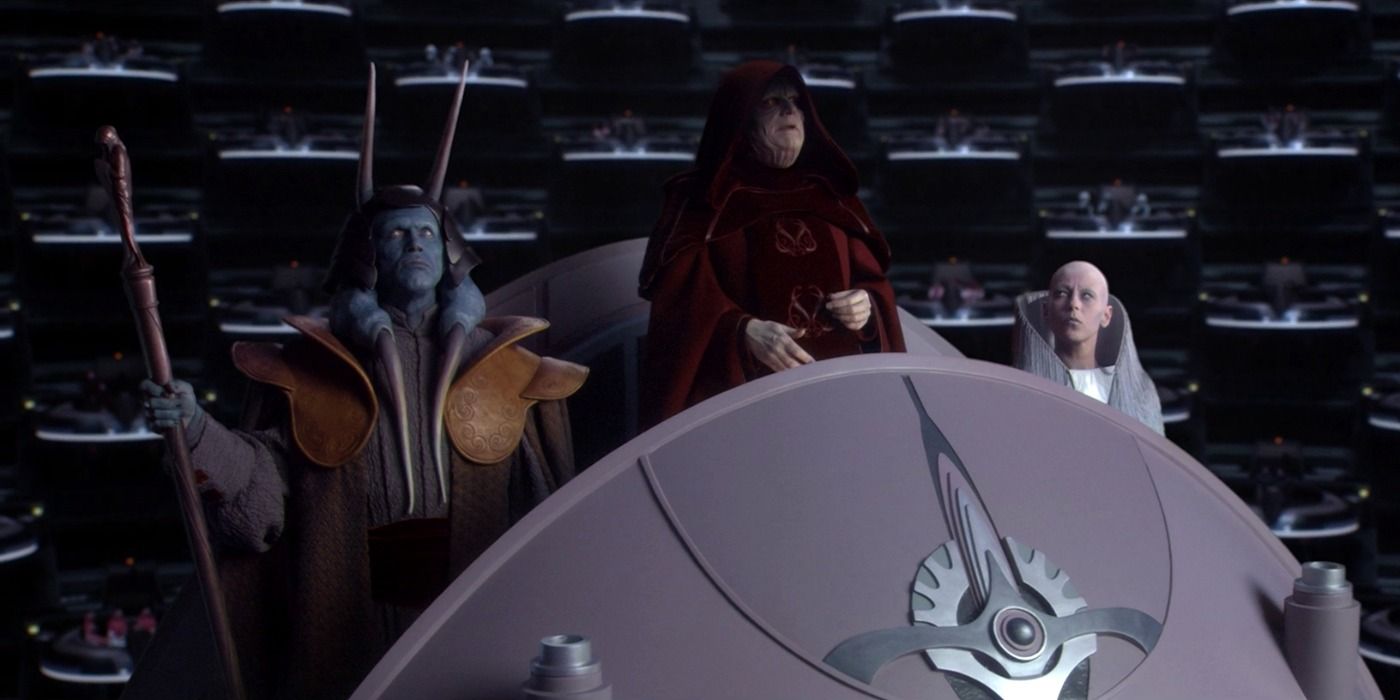
The two franchises both have a governing body running the cosmic goings-on. In Star Trek, the United Federation of Planets is always in charge. In Star Wars, the Republic is reorganized into the Empire, which is toppled and replaced by the New Republic, which is toppled and replaced by the First Order.
Political power changes hands a lot more frequently in a galaxy far, far away, but both star-based franchises explore the concept of intergalactic politics.
2 Embracing Equality
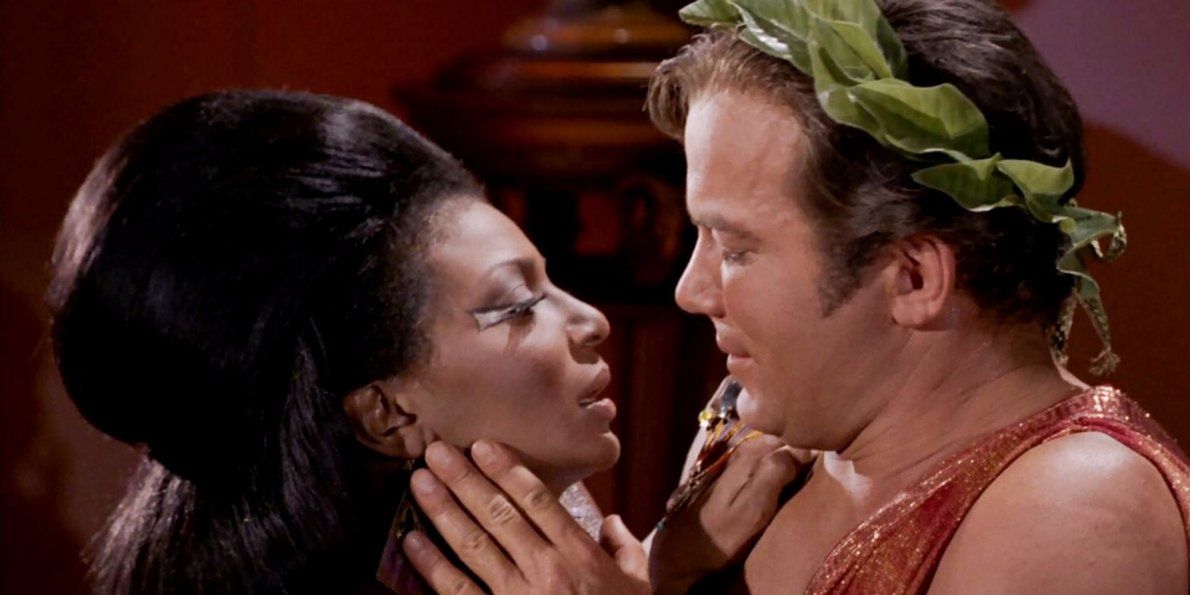
Gene Roddenberry cast a racially diverse ensemble for Star Trek, with a Black lieutenant commander and a Japanese helmsman, figuring that humanity’s ideal future was a multicultural utopia. This tied in nicely with the then-ongoing Civil Rights Movement, while having a Russian navigator in Chekov at the height of the Cold War was a bold but unifying decision.
The defeat of the Empire (and later the Final Order) in the Star Wars saga similarly pushed the very valid idea that peace and equality and love for all people is the best way for society to function.
1 Inspired By Ancient Mythology
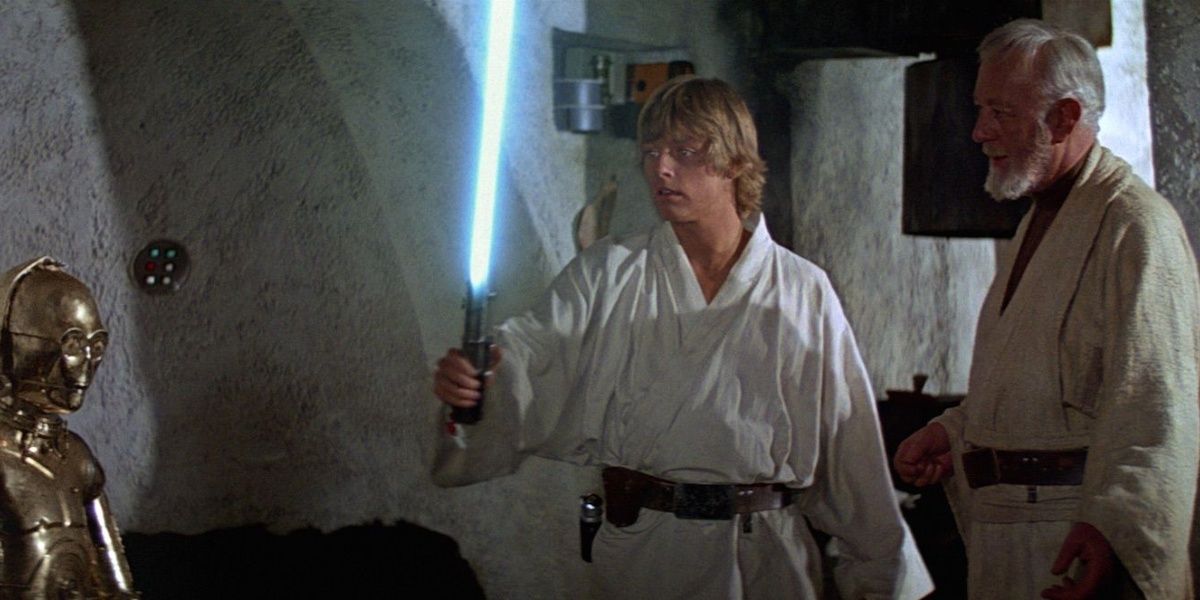
Both Star Wars and Star Trek were inspired by ancient mythology. Star Trek took a bunch of names and ideas from Roman mythology – particularly in the Romulans, who were conceived as a version of Ancient Rome with better technology.
George Lucas’ original script for Star Wars was heavily influenced by Joseph Campbell’s studies in comparative mythology, specifically the idea of the “hero’s journey.”
from ScreenRant - Feed https://ift.tt/3iuuSIx

No comments: